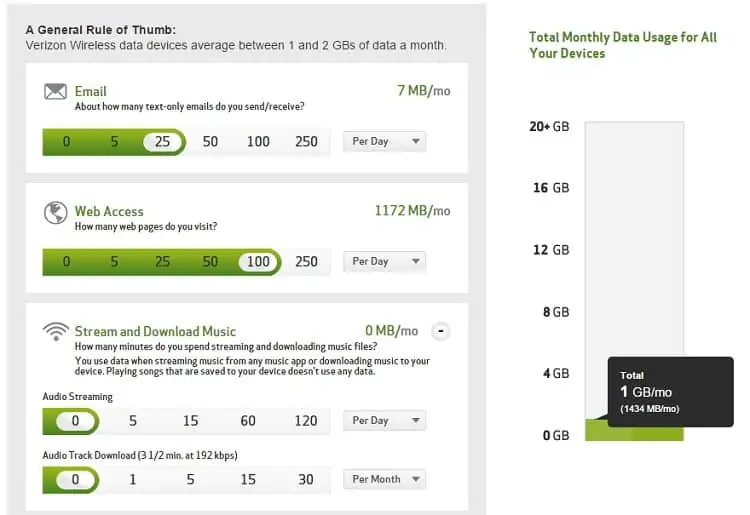This weeks Verizon chat was all about data, probably one of the largest factors influencing your cellphone bill. We covered everything from the differences between Wi-Fi Data vs Cellular Data to knowing how much you need and determining where your data is being used most.
Each Friday at 3pm EST Verizon Insider and a team of host tackle a unique tech subject during the #VZWBuzz Twitter chat. In addition to great conversation and personal experience from hundreds of tweeters, these gadget geeks provide numerous helpful resources to continue your education long after the one hour chat is over. In case you missed it, we are bringing you a recap of all we learned during this weeks chat but be sure to join us next week for more great tips, tricks and conversation!
Wi-Fi Data vs Cellular data
First, you should know the difference between Wi-Fi data and Cellular Data. A data plan and a Wi-Fi network basically let you do the same thing: use the Internet wirelessly but there are important key differences:
- Wi-Fi connects to a router. Cellular data doesn’t.
To use Wi-Fi for internet access your phone or tablet must connect to a router whether it’s in your home or at the coffee shop offering free wi-fi. On the other hand, if you’re using Cellular data you’re free to roam anywhere within your coverage area without worrying about routers and wi-fi connections. - Wi-Fi has a limited range. Cellular data doesn’t.
Wi-Fi only works within the range of the router. With your Verizon Wireless plan, you can access the Internet on your phone or tablet even when you’re out of Wi-Fi range. - Wi-Fi isnt always secure.
If you’re using Wi-Fi at home, your connection’s security is pretty safe.Especially if you have taken the right precautions. However, public wi-fi isn’t as secure and there is alway the risk of breach. So be careful using sensitive apps and browsers when using public.
Wi-Fi is a great option for saving on your cellular data plan when performing data-gobbling task such as watching movies, listening to music or download apps. Whenever you’re at a location with trusted wi-fi access it should definitely be on. However, it has a limited range and isn’t always your most secure option.
You can find more in-depth information on the difference between Wi-Fi data and Cellular data with this article from Verizon.
How Much Data Do You Need?
How much data you need truly depends on many factors: the number of devices you own, whether or not you’re connected to wi-fi most of the time and how you use your phone make big differences. Verizon’s helpful Data Calculator allows you to you break down the way you use each device on your plan in order to estimate your data usage. It factors in how often you stream videos, listen to music, use navigation, upload photos and more.
Once you have done that, you can take advantage of real-time data usage and more with Verizon services.
Make sure to check out hour helpful tips on How to Save Data Charges While Traveling Abroad too.
Surf and Sunshine is a member of the #VZWBuzz Lifestyle Blogger program. All opinions remain our own.

I have a great plan through my employer so that saves us a lot of money. Unfortunately here in Canada the cellular plans are much more expensive than in the US.
We share 10 gig between the 3 of us here at my house. We do hop on wifi everytime we get home. So that’s nice and saves us data!
It is so nice that there is some help if you need it. We’ve used Verizon for over 10 years.
I love using wifi so I don’t have to use my cell data. Luckily we have a large data plan for when I have to use data.
I seriously pay zero attention to my cell phone plan. I could probably save a few dollars if I did, but there just aren’t enough hours in the day! I do have unlimited data, so I kind of don’t care, ha.